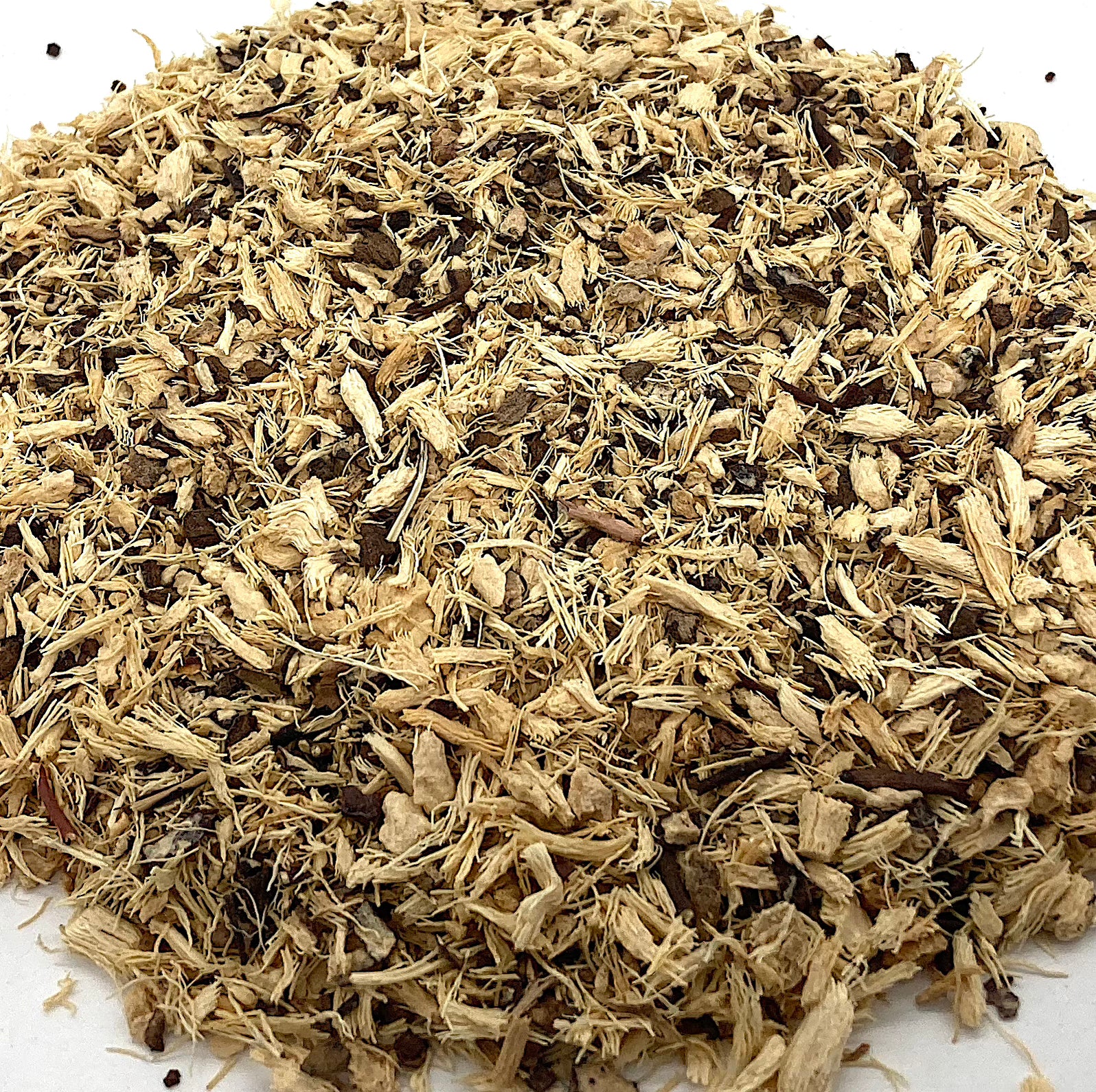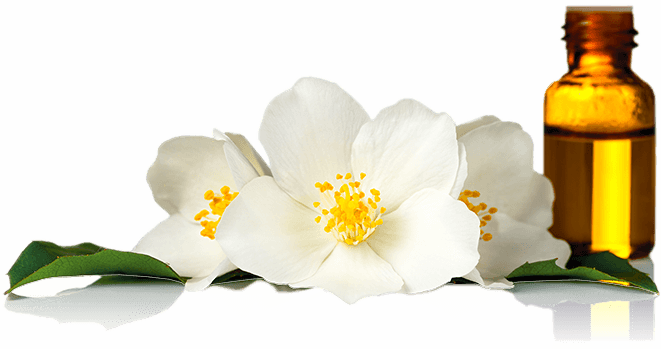Description
USA. Yucca glauca Root, Cut and Sifted, Wild Harvested
Common names: Soapweed, Soapwell, Amole, Spanish Bayonet, Beargrass, Great Plains Yucca, Yucca angustifolia, Gurney’s Yucca
Family: Agavaceae
Yucca glauca is one of about 40 Yucca species found in the Western Hemisphere. It is an evergreen perennial plant, a spiny succulent that grows up to 20 inches tall in dry areas along the central zone of North America, from Alberta and Saskatchewan, and through the Great Plains to New Mexico and Texas. The Apache, Acoma, Cheyenne, Lakota, Hopi, and other tribes employed the fruits, seed pods, flowers, and flower stalks of the plant as food, and crafted baskets, mats, and sandals from its fibers. The Blackfoot people made extensive use of Yucca Root poultices for sprains, cuts, fractures, saddle sores, and skin conditions.
Yucca Root has a high content of saponins, which cause a bubbly, soapy effect when combined with water, and a number of native groups took advantage of this property for washing the body and especially the hair and scalp, as it was credited with promoting hair growth. (Saponins are toxic, but poorly absorbed by humans, and are also found in common foods such as beans.) A number of currently marketed shampoo and body care products are formulated with Yucca Root extracts.
*These statements have not been evaluated by the FDA. These products are not intended to diagnose, treat, cure, or prevent any disease.








